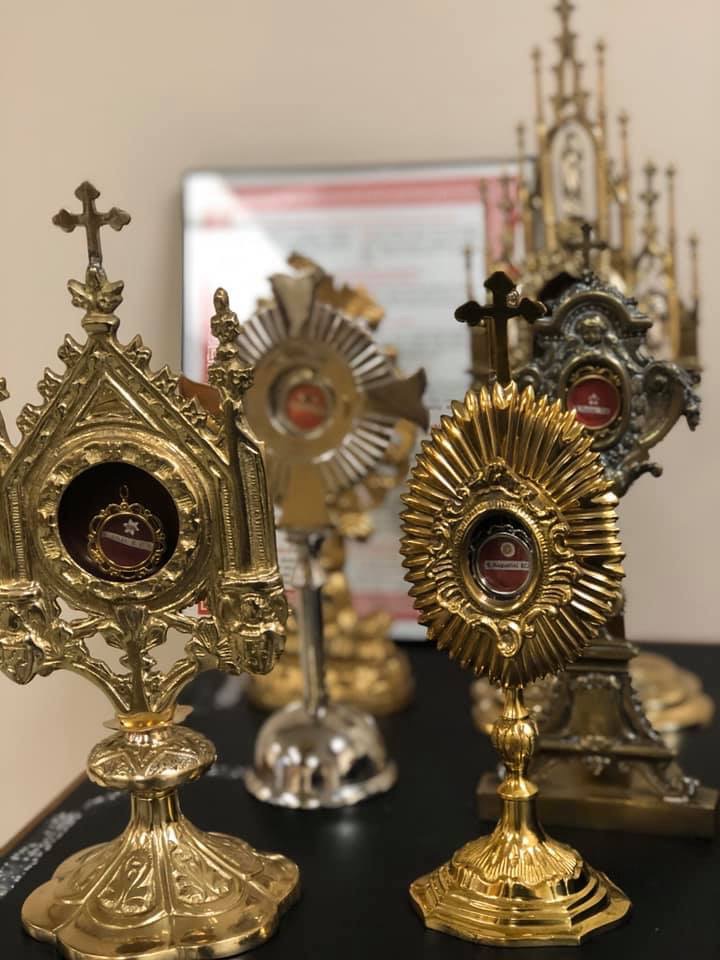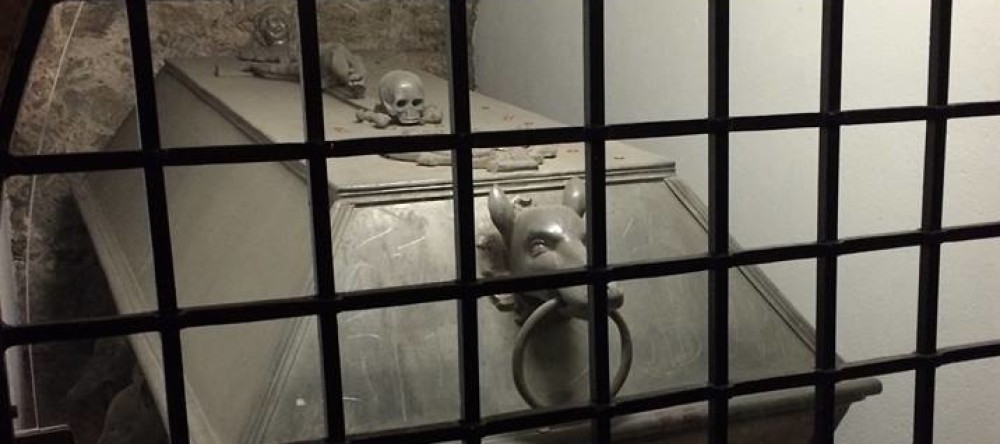
In ancient Greece, a martyr was a witness who testified in court. When Christians were arrested and asked to testify in court about their religious beliefs, they were therefore called “martyrs.” But that testimony would usually result in their execution for refusing to practice one of the legitimate religions of the Greco-Roman world; the Church has continued to call those who were executed for their testimony martyrs; their faith, even as they were tortured and killed, was a testimony to the power of Christ’s Resurrection.
After the martyrs were executed, other members of the Church would come collect the corpses or fragments of their tortured bodies for burial. They would gather at the tombs and burial places of the martyrs to celebrate the Eucharist. The bodies were treated with great care and devotion because they had been washed with the waters of baptism, anointed with holy oil, had tasted Holy Communion, and were simply one aspect of the deceased’s existence: a person is made of a body and soul together. Often, portions of the bodies–called “relics,” from the Latin for “remains”–would be placed in new altars, as described in the New Testament, “When the Lamb broke the fifth seal, I saw under the altar the souls of all who had been martyred for the word of God and for being faithful in their testimony.” (Rev. 6:9)
One of the earliest sources that describes the power of relics is found in 2 Kings 13:20–21:
20 Elisha died and was buried. Now Moabite raiders used to enter the country every spring. 21 Once while some Israelites were burying a man, suddenly they saw a band of raiders; so they threw the man’s body into Elisha’s tomb. When the body touched Elisha’s bones, the man came to life and stood up on his feet.
Another often cited passage is Acts 19:11–12, which says that Paul’s handkerchiefs were imbued with healing power by God.
Relics are typically divided into three categories:
First-Class Relics: items directly associated with the events of Christ’s life (manger, cross, etc.) or the physical remains of a saint (a bone, a hair, skull, a limb, etc.). Traditionally, a martyr’s relics are often more prized than the relics of other saints. Parts of the saint that were significant to that saint’s life are more prized relics.
Second-Class Relics: items that the saint owned or frequently used, for example, a crucifix, rosary, book, etc. Again, an item more important in the saint’s life is thus a more important relic. Sometimes a second-class relic is a part of an item that the saint wore (a shirt, a glove, etc.).
Third-Class Relics: any object that has been in contact with a first- or second-class relic. Pilgrims would often bring home these Third-class relics as a remembrance of a pilgrimage to a shrine.
For a post about the blood relic of St. Januarius (San Gennaro), first published in 2015, click here.
